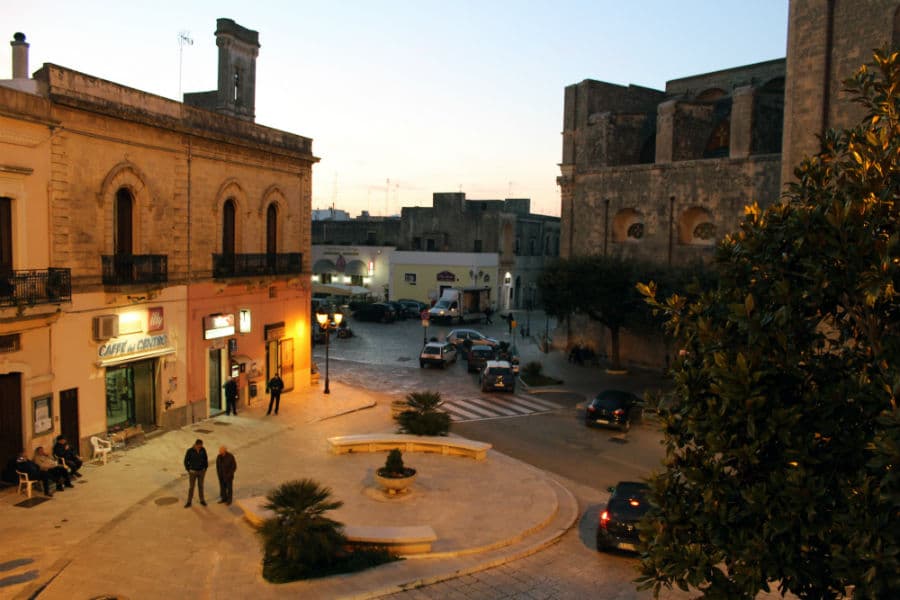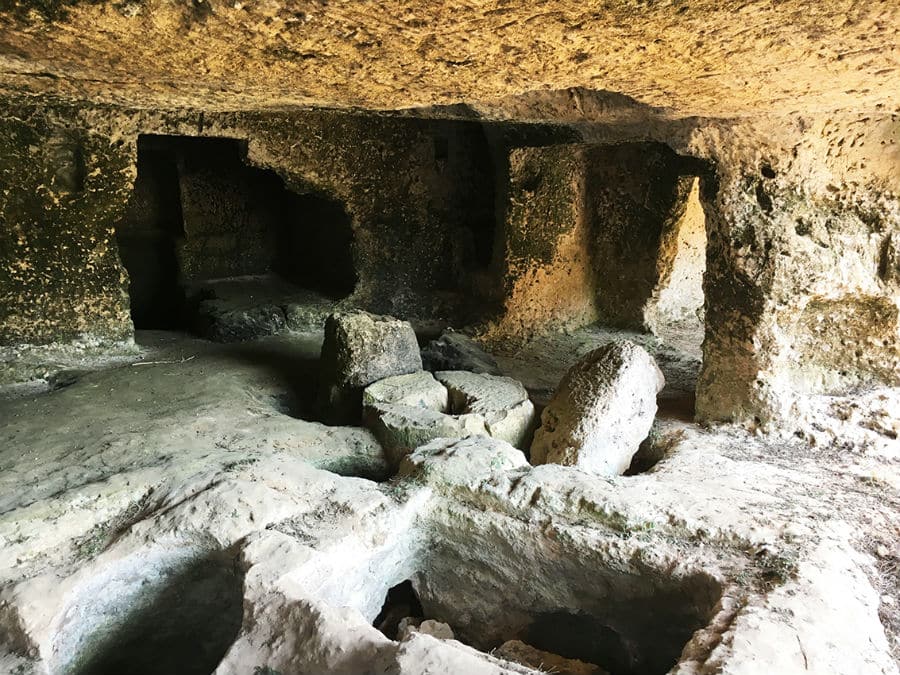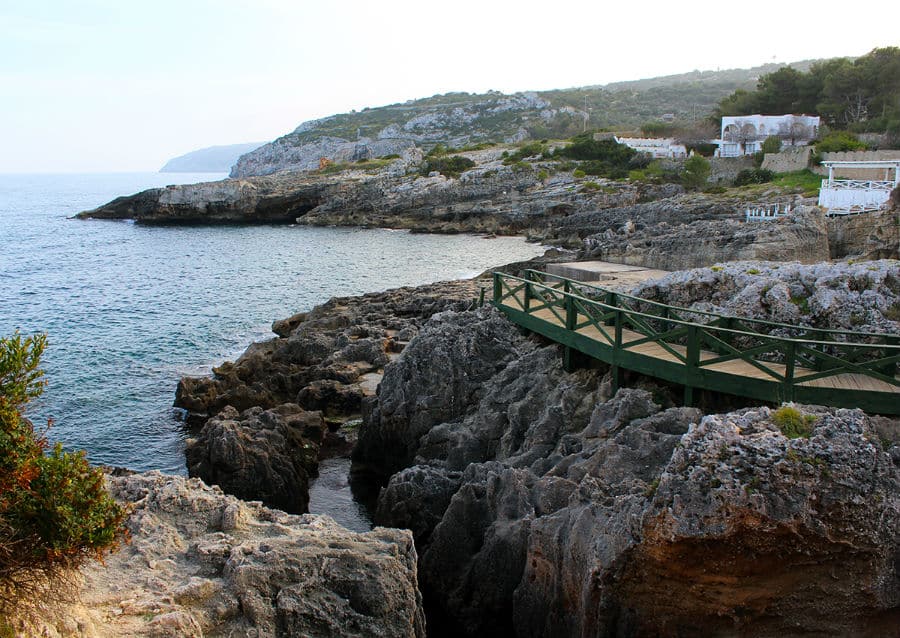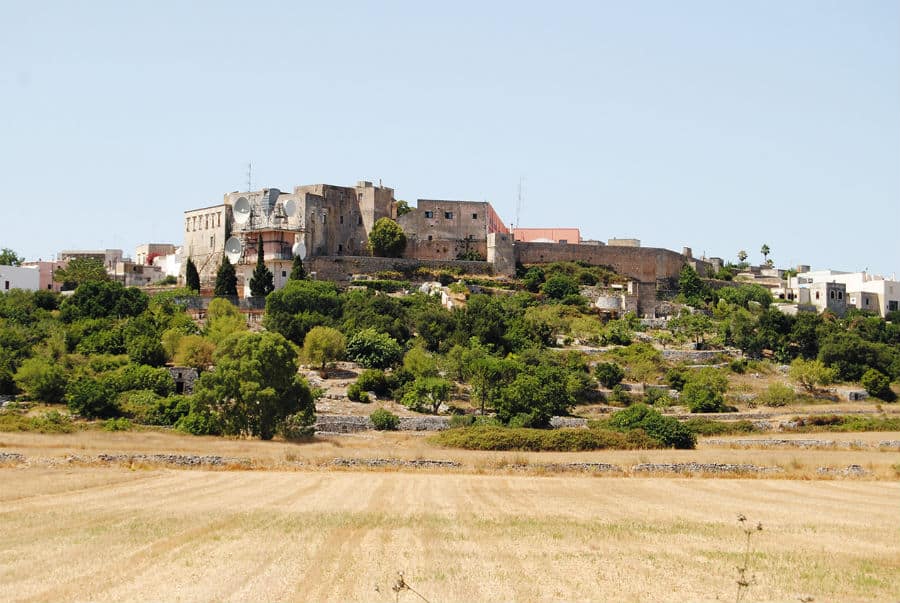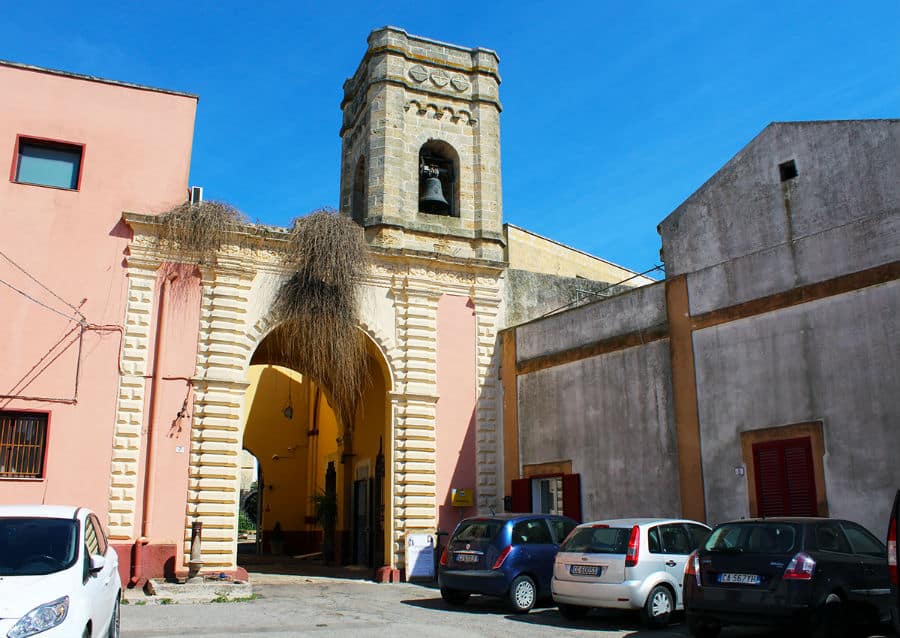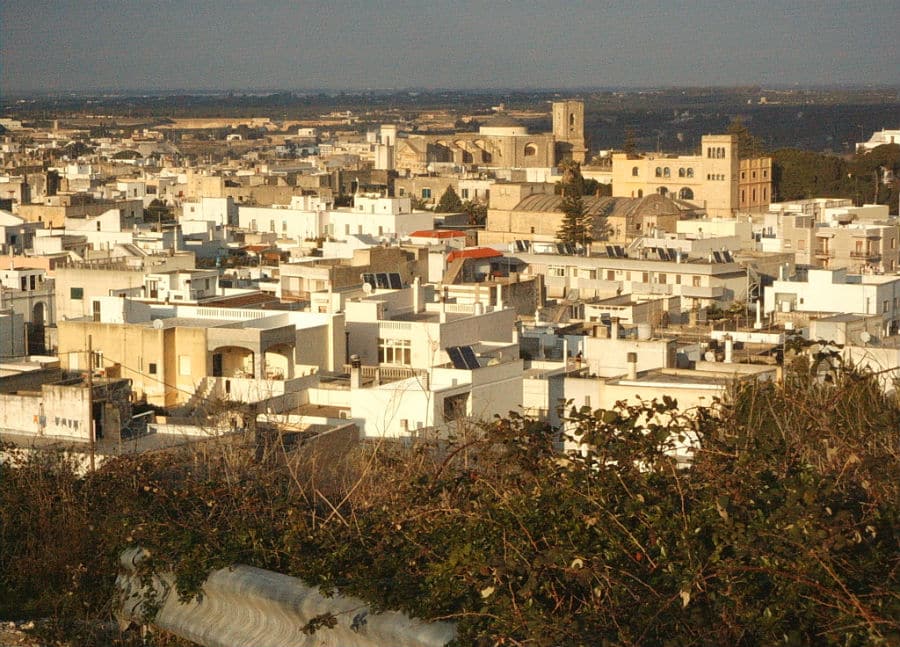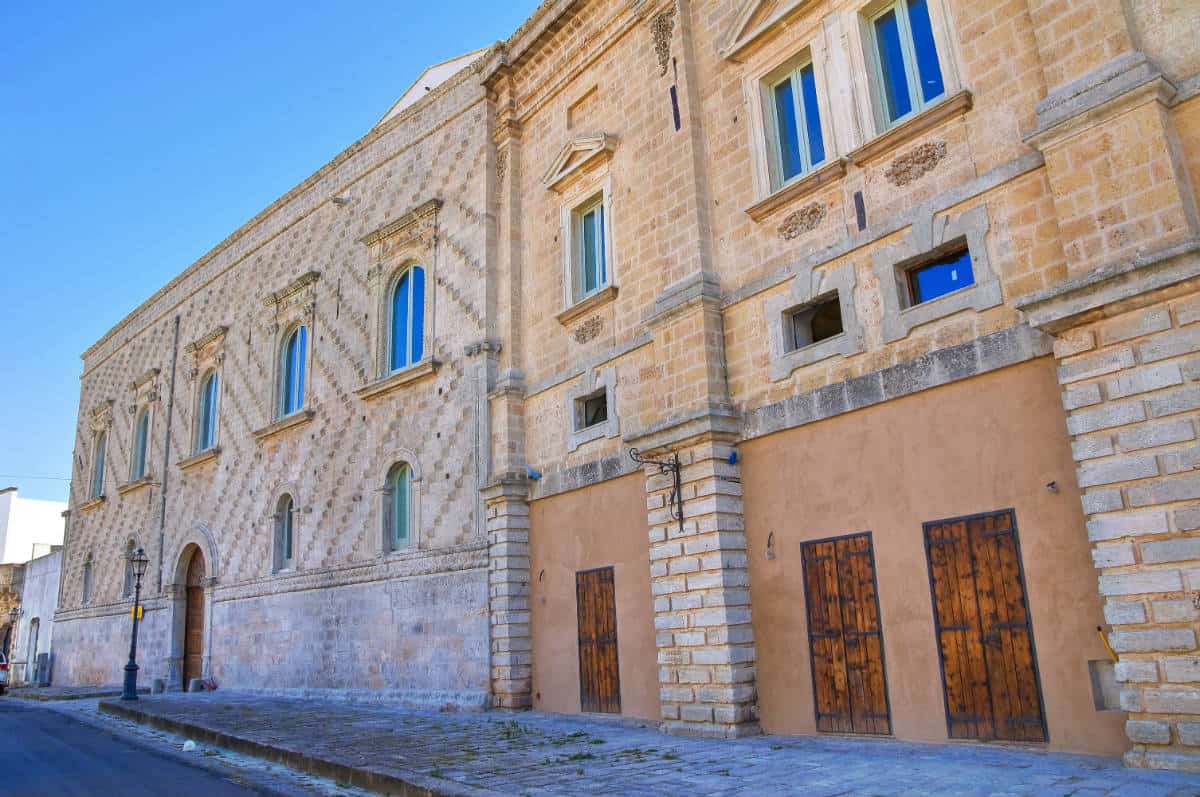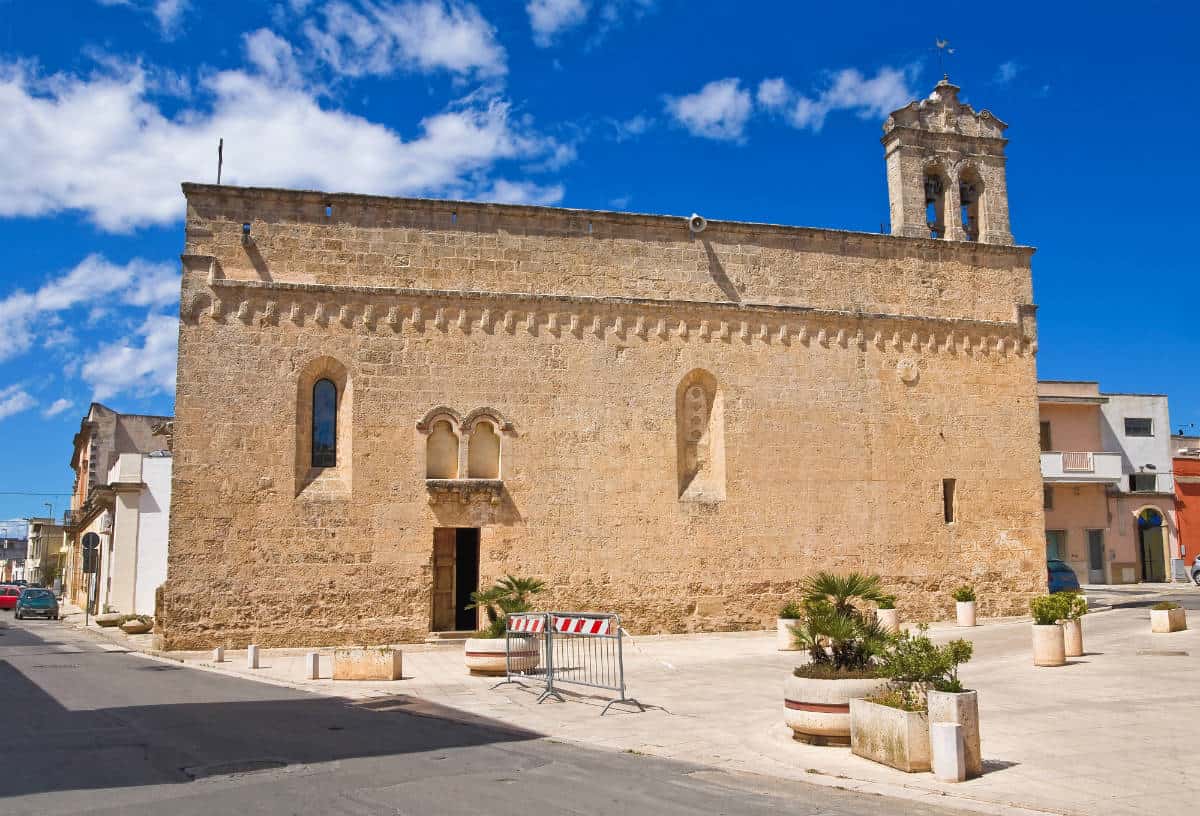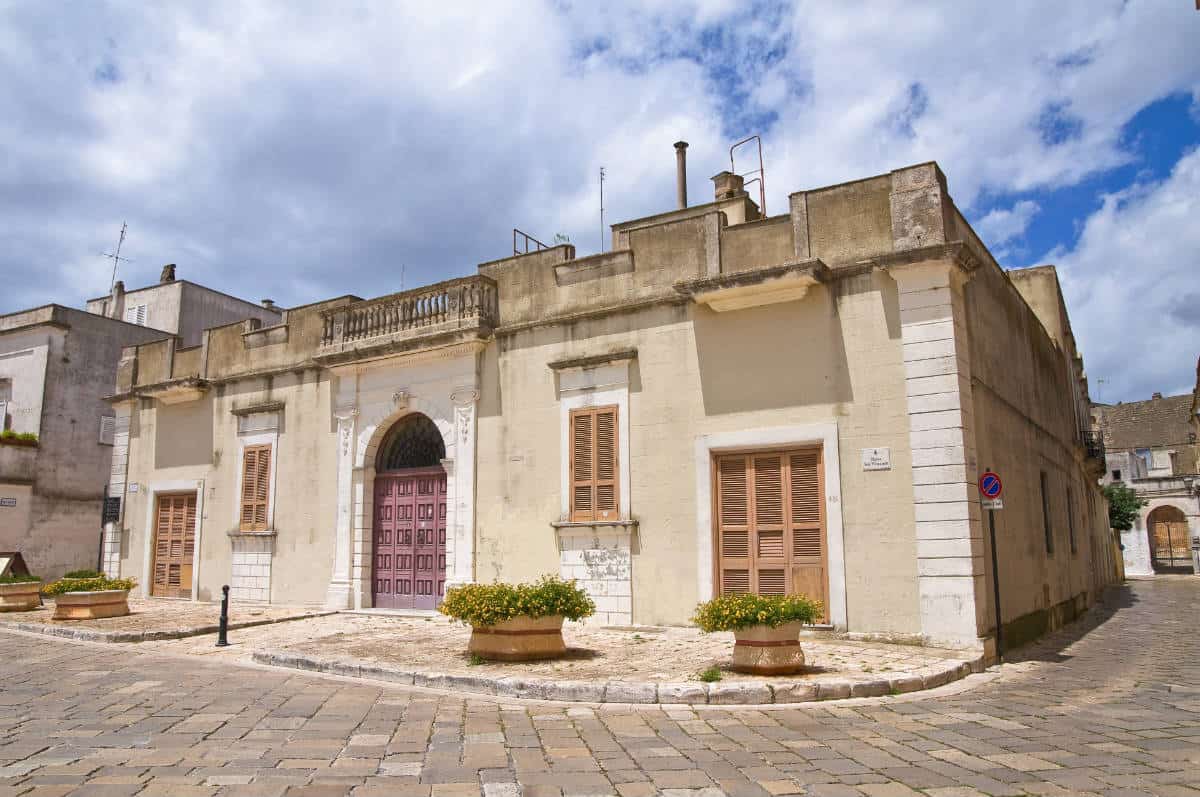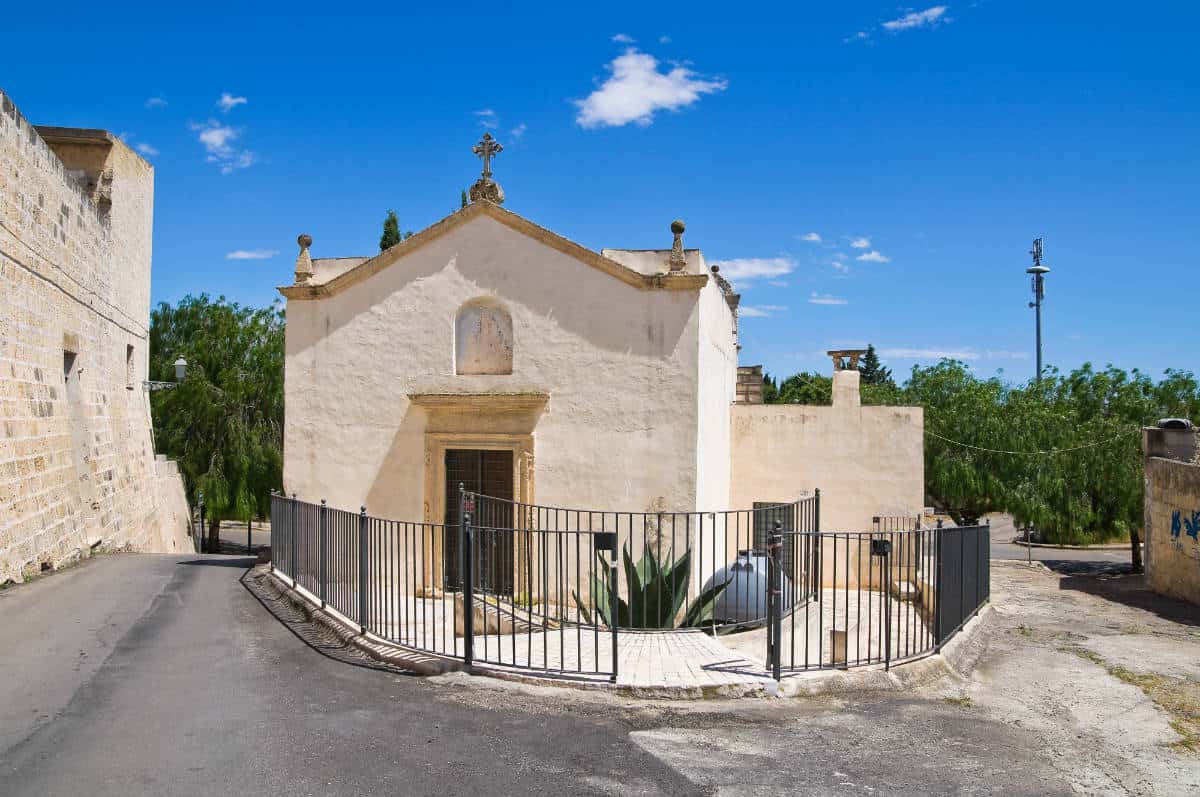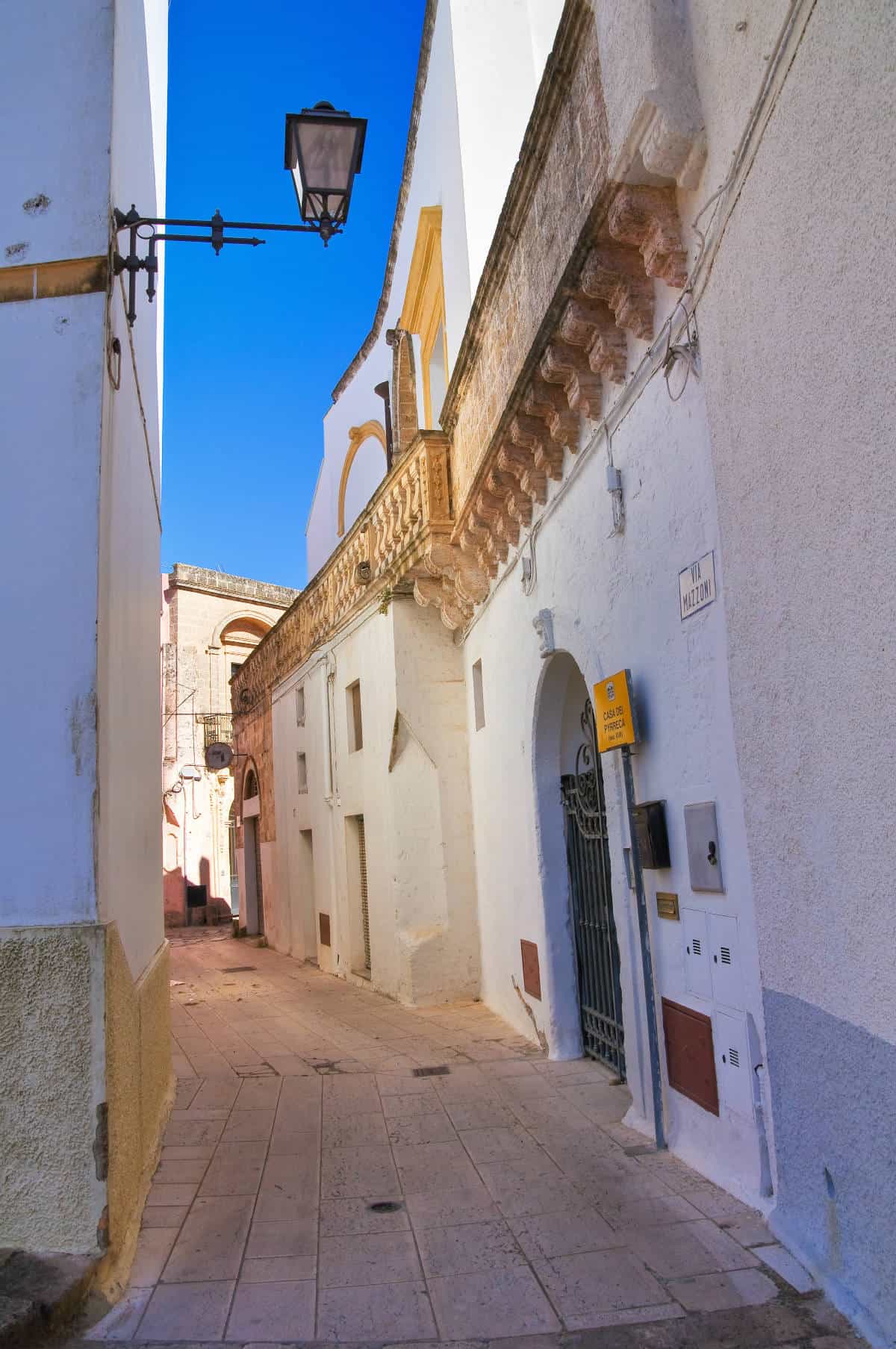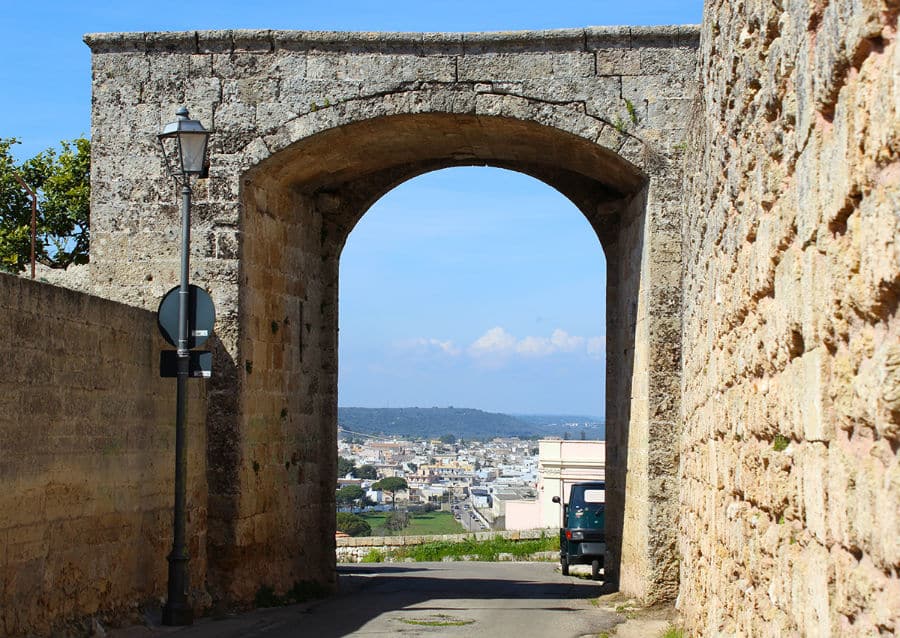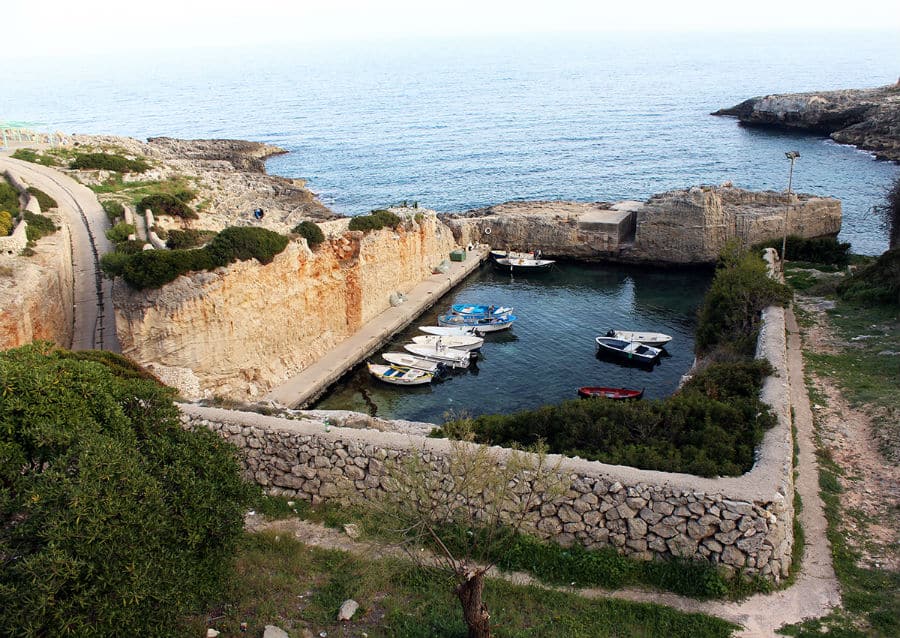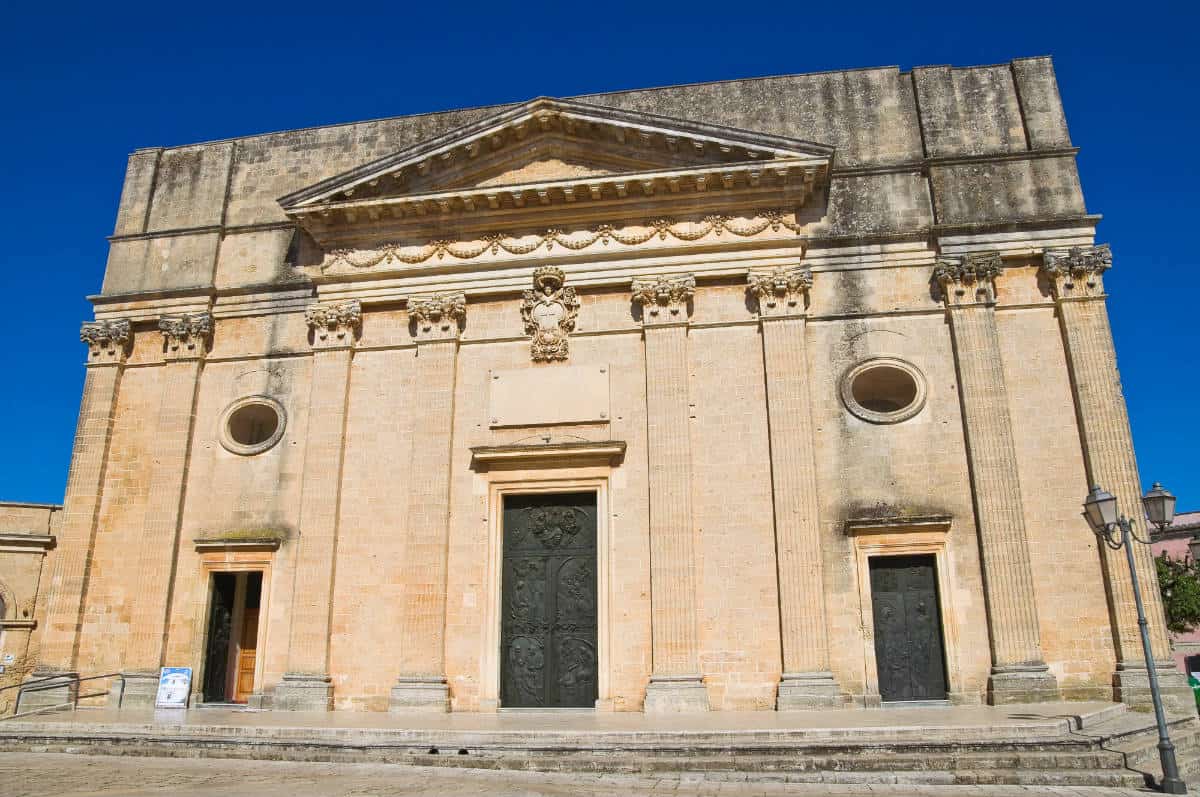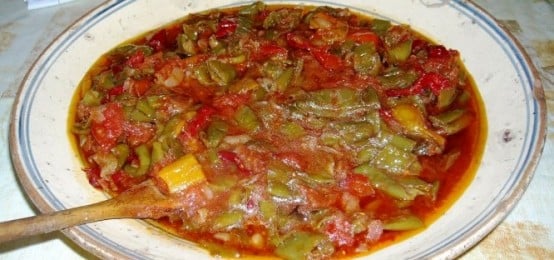The foundation of Alessano has its roots in the myth. Cesare Rao, philosopher and scholar of the Community of Alessano, lived in the Sixteenth Century, offers one of the most suggestive hypotheses about it, that sees in Dedalus, author of the labyrinth, the proponent of the Foundation, which "… here with the whole wings without being dileguate point from the heat of the Sun flying elicited, where he built this city, which saved by ale called ALESSANO, that both sounds as healthy ale, waves even bears for his teaches the wings". Some have traced the origin of the city to the inhabitants of the basin of the river Ales, near Reggio, others to the Epiroti of Alesia, others still to soldiers from Alesia of Gaul. The most likely postulation has attributed the birth of the Community to the Byzantine emperor Alexius I Comnenus, but it seems that Alessano already existed long before the XI century. The etymology of the name of the city ricondurrebbe to Greek verb alexo, "I reject, protect myself" and would reveal its original function of a military garrison.
In the feudal age, and in particular under the Norman domination, the center acquired a prominent role in the territory: the ancient village has preserved its medieval urban structure, characterised by little alleys and streets on which overlook the characteristics "courtyard houses".
In 1286 the city was supportive to Roberto D'Alneto, cousin of Charles of Anjou, it then passed to his son Gerardo and finally to the daughter of the latter Caterina, to which King Roberto had granted the title of Countess. Just Caterina D'Alneto married, in 1336, Francesco Della Ratta and brought him a dowry in the suburbs, whose lordship was maintained by the new Lordly family for over a century. In fact, in 1463 the Della Ratta Lost titles and goods, so that the royal property sold the county to Raimondo Del Balzo: Under this lordship the city grew and saw the construction of some of the buildings which still today we can admire. By Della Ratta county passed into the hands of the Balzo and then of the Gonzaga family, at the time when Alessano became the lordship prestigious Southern Salento. In this period, also thanks to the sponsorship of the noble families and the centrality of the diocesan institution, the city seems to be well integrated in the circuits of the elaboration and dissemination of knowledge of the Sixteenth Century, as testified by the vicissitudes of intellectuals of considerable thickness which Cesare Rao and Francesco Storella. Alessano has also hosted, between the XV and the XVI century, a Jewish communities, which in 1513 accounted for 12 families who lived in that that still today is called "Via della Giudecca", in the old quarter of Santa Maria, where they had their shops, the school and the synagogue. In virtue of the Jewish presence, the alessanesi had the nickname of the Jews. In the seventeenth century for Alessano were built several churches, like those of St Joseph and of the Assunta, and founded the monastery of the Capuchin Fathers; already existed two other convents very ancient, i.e. that of the Fathers Conventual Franciscans and the Sant'Angelo, held by the Fathers Celestini. In 1585 the countryside was sold to Ettore Brayda, which in turn the rivendette to Fabrizio Guarini in 1602. In 1644 Laura Guarini, before the Duchess of Alessano, married Filiberto Ayerbo of Aragon, whose lineage occupied the city for almost two hundred years. Toward the middle of the Eighteenth century thanks to the initiative of Bishop Denis Latomo ground, it was decided to build a new cathedral, open to worship only on 4 May 1845, after well ottandadue years from the laying of the first stone. In the meantime, on 27 June 1818 the diocese of Alessano was suppressed and aggregated with that of Ugento. With the abolition of feudalism, decreed by Joseph Bonaparte on 2 August 1806, the feudal property alessanesi passed at the University, i.e. to the Municipal Administration. In Naples, in 1837, died of cholera Giuseppe Ayerbo of Aragon, the last of the lords of Alessano, which left its properties to the nephew Luisa Riario Sforza, who had married Antonio Zunica, duke of Castellina. Both lived in the ancient palazzo ducale until death, when all their assets were sold.


